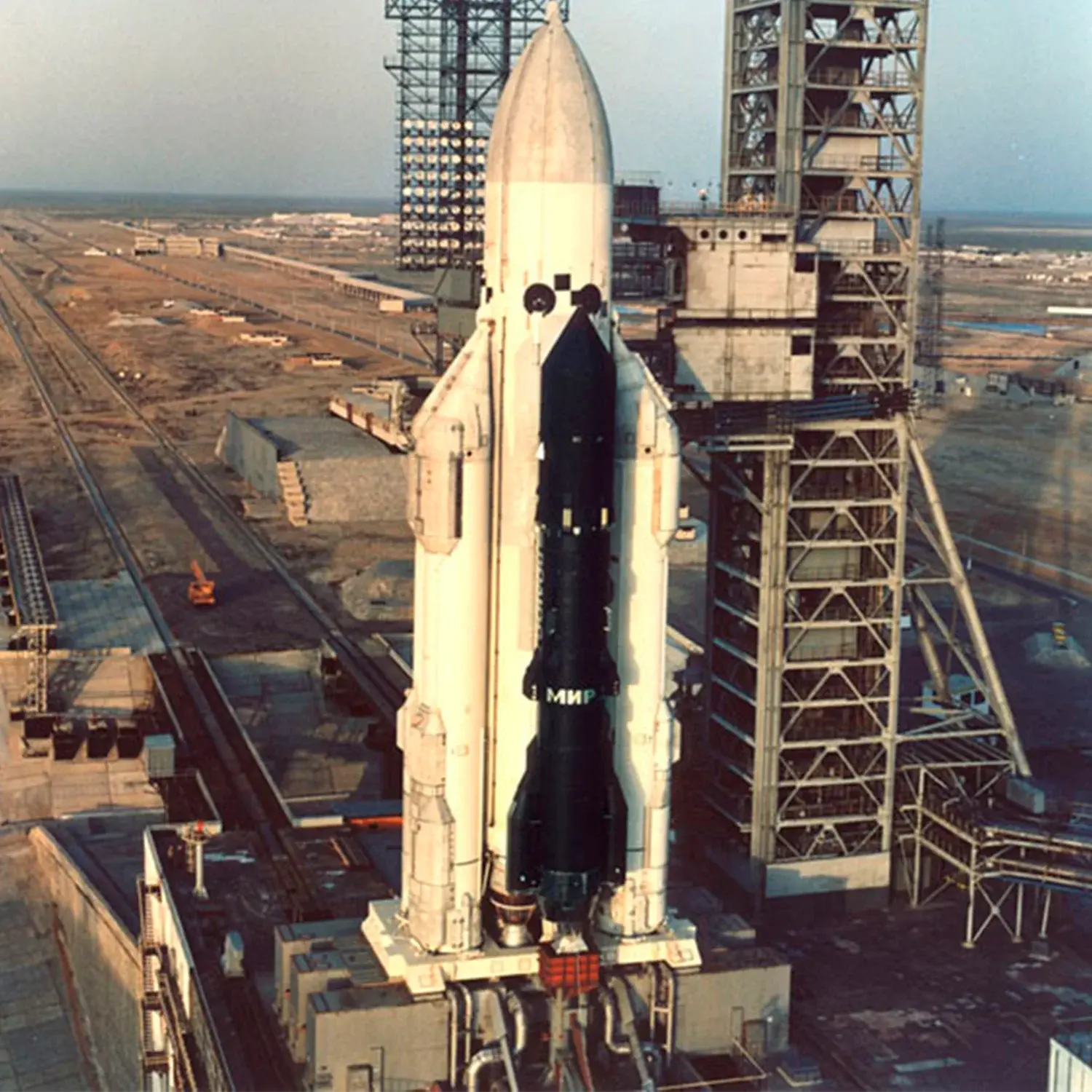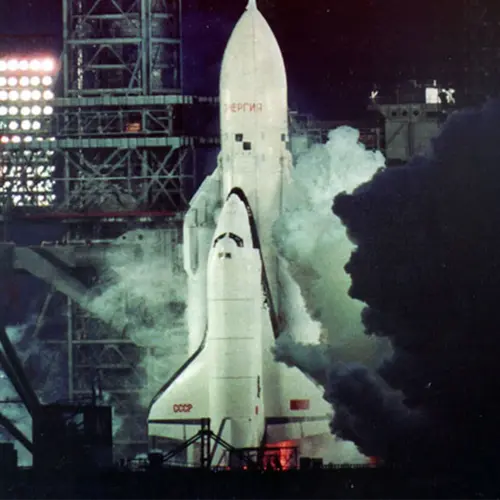Energiya

Description
Energia was a super-heavy lift launch vehicle. It was designed by NPO Energia of the Soviet Union for a variety of payloads including the Buran spacecraft. Control system main developer enterprise was the Khartron NPO "Electropribor". The Energia used four strap-on boosters each powered by a four-chamber RD-170 engine burning kerosene/LOX, and a central core stage with four single-chamber RD-0120 (11D122) engines fueled by liquid hydrogen/LOX. The launch vehicle had two functionally different operational variants: Energia-Polyus, the initial test configuration, in which the Polyus system was used as a final stage to put the payload into orbit, and Energia-Buran, in which the Buran-class orbiters were the payload and the source of the orbit insertion impulse. Production of Energia rockets ended with the fall of the Soviet Union and the end of the Buran shuttle project.
Missions
2
Success Rate
100.0%
Successes
2
Failures
0
Success Streak
2
Partial Failures
0
Previous

Buran

Polyus
Configurations

Energiya/Polyus
Active in 1987
Price
$3000.00 million
Rocket
Height: 59m
Payload to Orbit
LEO: 105,000 kg
GTO: 40,000 kg
Liftoff Thrust
35,832 Kilonewtons
Fairing
Diameter: 5.7m
Height: 41m
Stages
1
Strap-ons
4

Energiya/Buran
Active in 1988
Price
$3000.00 million
Rocket
Height: 59m
Payload to Orbit
LEO: 105,000 kg
GTO: 40,000 kg
Liftoff Thrust
35,832 Kilonewtons
Fairing
Diameter: 5.7m
Height: 41m
Stages
1
Strap-ons
4
Launch Sites
Baikonur Cosmodrome, Kazakhstan